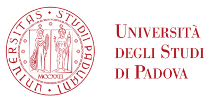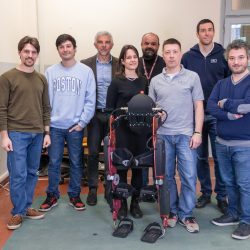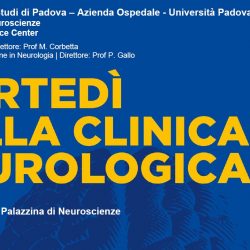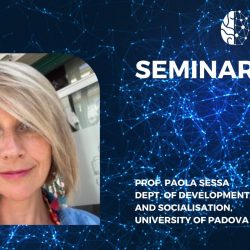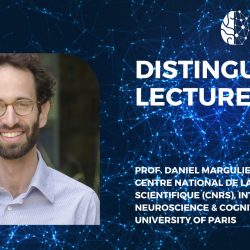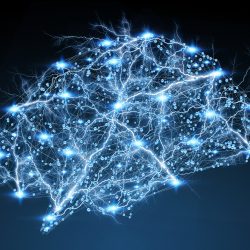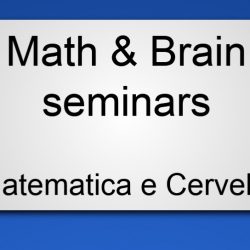Un nuovo esoscheletro per il laboratorio di Neurorobotica del PNC
Il Laboratorio di Neurorobotica del PNC, costituito dallo IAS-Lab del DEI e del ReNeT Lab del DNS, si dota di un nuovo esoscheletro per il progetto Age-It finanziato dal PNRR-PE8 e per il progetto ReBalance finanziato dal PRIN. La collaborazione tra ReNeT, IAS-Lab e U&O srl vedrà l’utilizzo dell’innovativo esocheltro UAN.GO per realizzare una nuova generazione di esoscheletri intelligenti in grado di percepire le intenzioni di movimento dell’utente e di adattare il proprio movimento agli ostacoli presenti nell’ambiente circostante. Lo sviluppo di questa tecnologia permetterà di supportare nel movimento persone anziane e pazienti con altre difficoltà motorie nella loro vita quotidiana.

